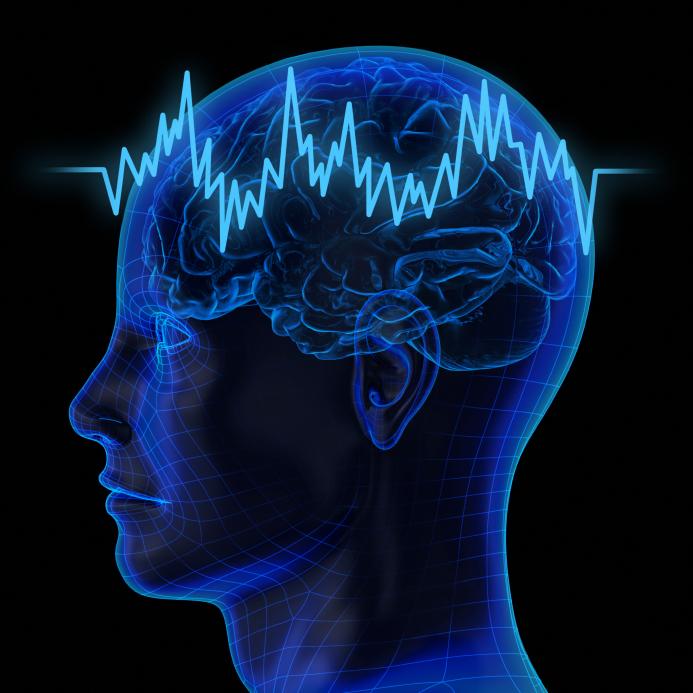Binaural Beats
October 10, 2016
Binaural beats are, ironically put, not a beat at all, in fact it’s not even music. Binaural beats are actually frequencies that you play in your ears that forces your brain to create a completely different frequency and then creating a sort of emotion or feeling. It can be quite confusing, but this article will try to explain the history of binaural beats and how they can affect your mental state.
So, what exactly are binaural beats? Firstly, binaural beats were discovered by a Prussian physicist and meteorologist Heinrich Wilhelm Dove (1). He discovered that if you play one frequency in one ear and a different one in another, your brain will detect the variation between the vibrations (2). For example, if you play a frequency of 430 Hz in one ear and 435 Hz in the other, your brain will detect the 5 Hz difference and, as a result of this, will create its own frequency (3). Basically, it is an auditory illusion created by your brain when hearing the separate frequencies. The actual “beat” you hear is just a vibration created by your own brain.
So what do these “binaural beats” actually do? What is the point of it? Well, what binaural beats are used for is to change your mental state, mostly to help people either focus or become more relaxed. When your brain becomes in tune with the frequencies playing in each ear, this is called a “frequency following response” (2). When the brain is fully awake and conscious, then it is in what is called the “Beta State,” where your brain vibrates at a certain frequency, (also called brainwaves), in order to function in this state. So when you listen to binaural beats that have “Beta Waves,” (12 to 38 Hz difference), then it will make you more focused, so it is good for studying or doing homework. Here is a list of the different waves with their numbered Hz:
- Delta Waves (0.5-3 Hz): Usually happens in deep sleep
- Theta Waves (3-8 Hz): For deep, meditative states or relaxed states
- Alpha Waves (8-12 Hz): In calm, mindful and/or creative states
- Beta Waves (12-38 Hz): Dominate in fully awake consciousness and in more focused states
So when you are listening to a binaural beat with a 3 Hz difference, then you are tricking your brain in creating Theta Waves, which will then allow you to become more in a deep meditative or relaxed state. What these binaural beats can do is very fascinating, because you are essentially forcing yourself to become more relaxed or more focused, ironically, without even trying. All you have to do is put headphones in, press a button on your phone, quietly listen for a few minutes and it will happen just like that.
Sources:
(1): https://en.wikipedia.org/wiki/Heinrich_Wilhelm_Dove





























